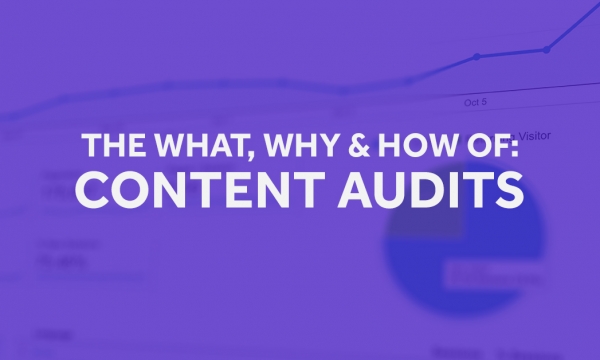
You may feel that your content is of great quality. Perhaps it fits the brief of being entertaining as well as persuasive, and you may even be getting a respectable amount of traffic. But if those visitors are only staying on your site for a matter of seconds and then leaving, alarm bells should be ringing as, for whatever reason, your content isn’t working as it should. It’s not capturing the reader’s interest or meeting their needs, and this isn’t great news for your bounce rate.
Bounce rate might not be high on the list of a copywriter’s considerations when they are tapping away at their keyboard, but there is strong evidence that strong performance on content-related factors, including bounce rate, content quantity and number of page views, correlate with strong ranking performance.
Stickyeyes proprietary ranking tool, Roadmap, tracks the performance of the top 100 ranking websites for more than 1,500 keywords and then assesses that performance against more than 200 known and potential ranking signals. What it shows is a strong correlation between low bounce rates percentage and higher organic search rankings.

Dwell time is thought to be a more accurate pointer of your content’s quality and relevancy rather than just looking at bounce rate alone, which only tracks a click into a site and then back out. Dwell time is measured using a combination of search engine click-through rates, the amount of time the user spends on the site and bounce rate. The quality of your content is hugely important and plays a key role in user engagement and satisfaction, which may potentially contribute to a longer dwell time.
Better quality content is the answer to achieving longer dwell time, so it should be accessible, and well-designed with an easily readable tone. Your readers should go away having genuinely taken your messaging on-board.
Get to know your audience

You need to know your readers inside out, which means understanding their demographics. This goes beyond simply knowing their age, gender and location, and requires to know much more about how your audience behave online. You need to know what they are interested in, what they search for, where they are digitally active and what content formats they prefer to consume. If you have a target audience that actively prefers video content, putting 700-word blog posts on your website probably isn’t going to attract them.
As soon as you’re confident of what your audience is searching for, it’s a lot easier to create well-structured, purposeful content.
Internal Linking

One of the most effective ways of keeping hold of your visitors, and encouraging them to visit more pages, is making it easier for them to discover new content.
Internal linking guides your users to other areas of your site, be that blog content, product information or customer service content. Essentially, if you think that another piece of content could be relevant to your audience, make it easier for them to find it.
This will help to increase your site dwell time and discourages your audiences from returning to Google’s results pages to find further information.
Use a range of mediums

Don’t just rely purely on the written word. Photographs, infographics and slideshows are a great way to build engagement with users.
Visual content is becoming increasingly important for brands, and CISCO is predicting that within the next two years, video will account for 69% of all consumer internet traffic.
It’s important to get thinking about incorporating new mediums into your content strategy. Some readers can be put off by swathes of static text, but a truly engaging piece of content will take into consideration its audience and their preferred way to consume information, perhaps offering a combination of visuals and copy.
Calls to action

Consider non-invasive ways to entice your audience into performing some form of action once they’ve consumed your content.
Ask questions that serve the purpose of inviting readers to share their thoughts and comment on the content, to move on to another piece of relevant content, or to perform some form of customer action. Internal links should take a reader through to product pages, or overlays could invite them to subscribe to your newsletter (but do this carefully).
Whatever you do, keep the language in your CTAs simple and to the point.
Keep your content up to date

Audiences can see straight through a website or content that is out of date. Your content should be of a high quality and varied, and you should take care not to include anything that will date quickly, as it will appear sorely out of place to a visitor.
There’s a lot of competition out there when it comes capturing and retaining the interest of readers online, but it won’t go unnoticed if your content goes that extra mile in meeting your audience’s needs. Make your pages a lot more ‘sticky’ by implementing the techniques above, but when it comes to quality content, remember that above all, you should be writing for your audience.




